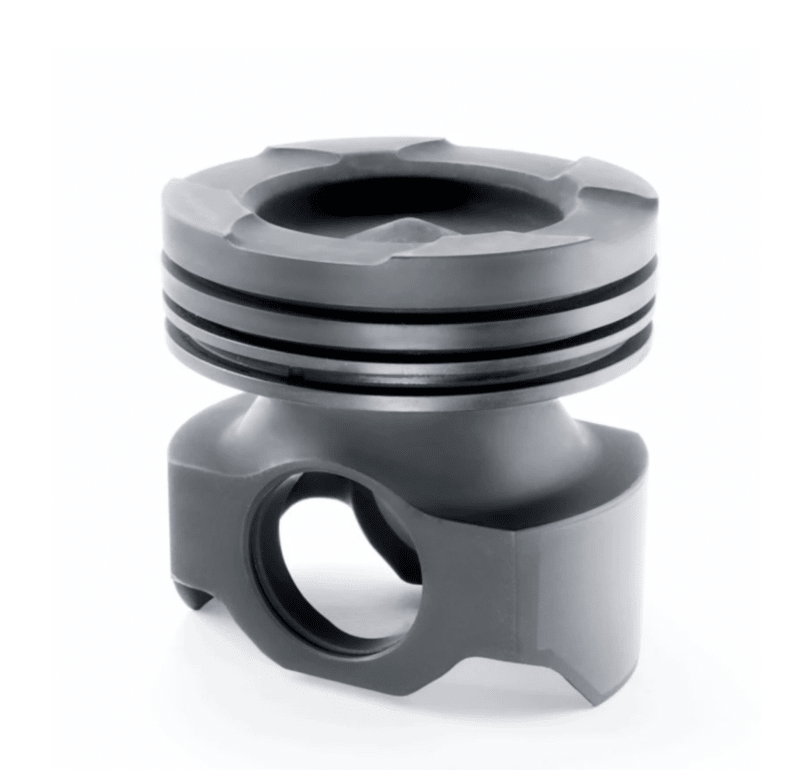Hello,
On car engines it is common practice to run about 0.05mm clearance betwern piston and cylinder.
But what does this clearance become when at operatimg temps, like full load ???
Some person says that the pistons becomes a slight press fit but i dont believe it.
Thanks
On car engines it is common practice to run about 0.05mm clearance betwern piston and cylinder.
But what does this clearance become when at operatimg temps, like full load ???
Some person says that the pistons becomes a slight press fit but i dont believe it.
Thanks

